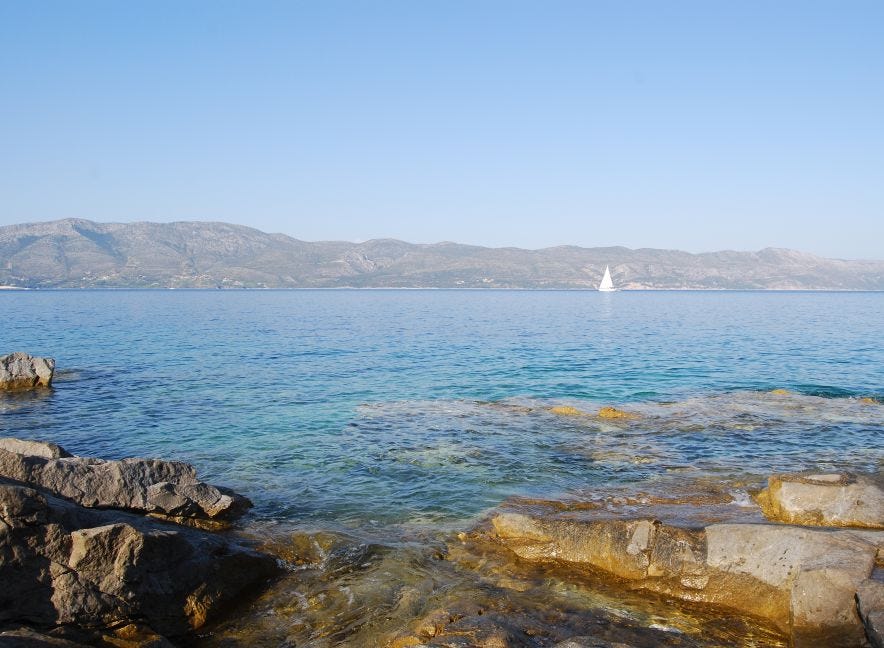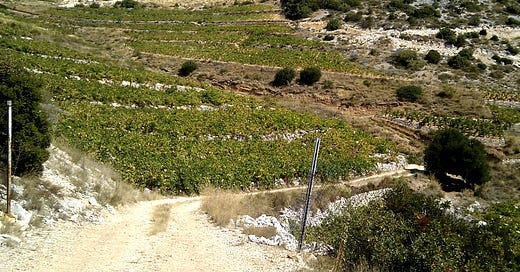Dalmatia Part 2: Pelješac peninsula, Dingač and the wines of the Bura family

The Peljesac peninsula viewed from Korčula
The Pelješac peninsula runs parallel to the Dalmatian coastline like a finger, with just a tiny sliver of adjoining land stopping it from becoming an island. It's a dry, mountainous landscape, with quiet villages and sandy beaches spread around the coast. We're here to learn about the legendary wines of Dingač and Postup – Croatia's premium expressions of the red Plavac Mali grape. Our guide for the morning is the Bura family's Boris Mrgdić, just back from picking the first batches of this year's Plavac, and at 10am already looking like he's done a days' work.
The Bura family are based in Potemje, first village of Dingač, and like most families in the area, they have been growing grapes and making wine for generations. During the communist era, most of the harvest had to be surrendered to the local cooperative, still responsible for around 60% of the region's more indifferent production. But these days the Buras can focus on quality, as indep…
Keep reading with a 7-day free trial
Subscribe to The Morning Claret to keep reading this post and get 7 days of free access to the full post archives.




